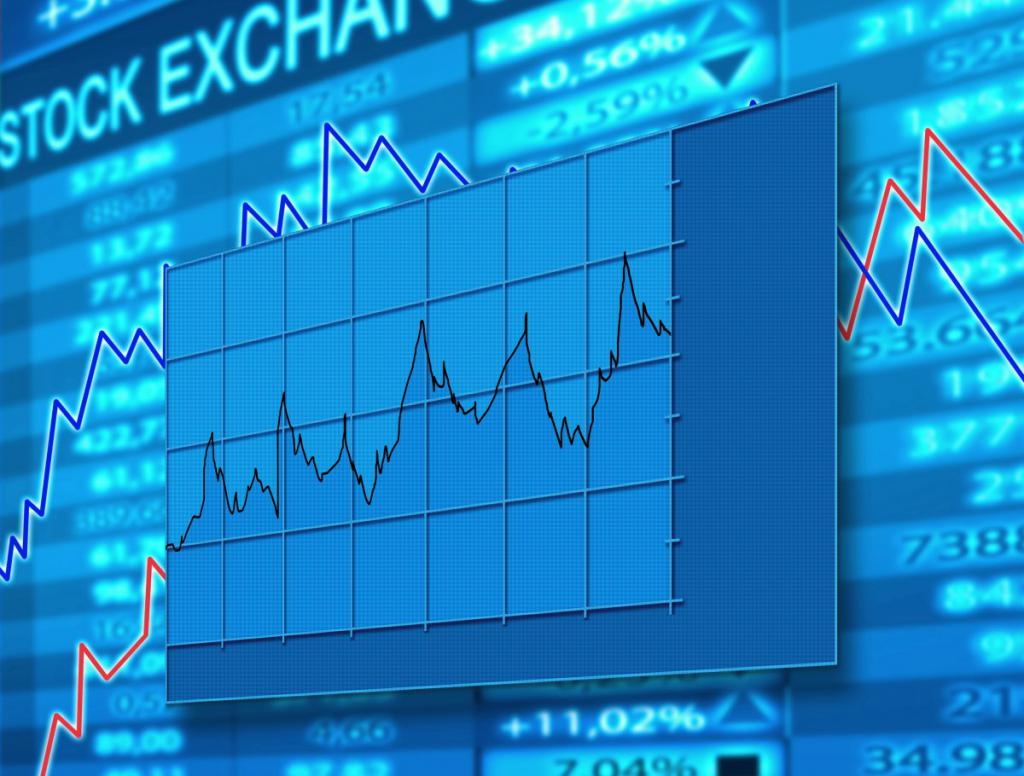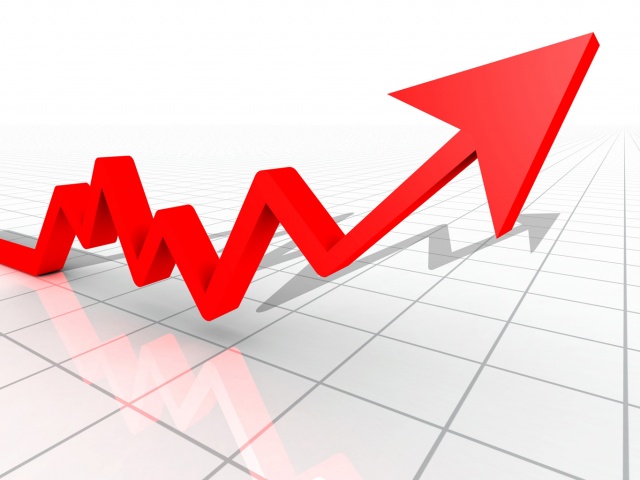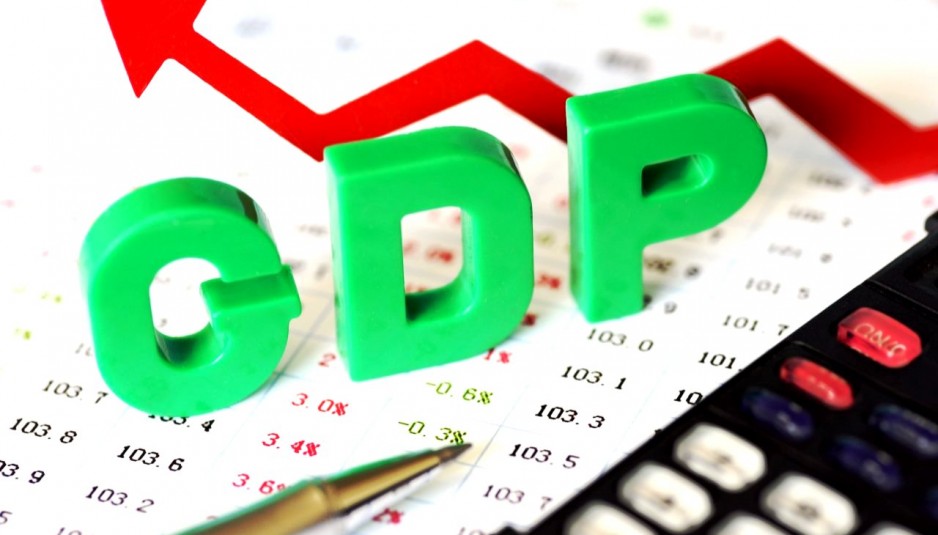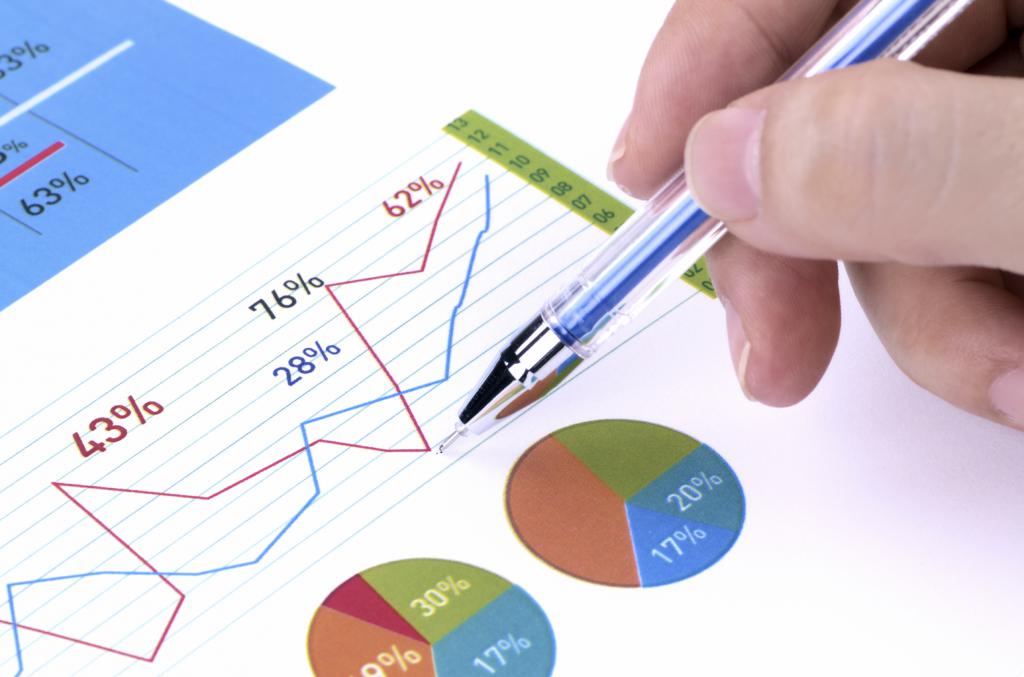One of the factors of economic growth is an increase in the purchasing power of the country's citizens. On its basis, the gross domestic product is calculated, which demonstrates the economic well-being of people and the financial stability of enterprises. The indicator includes the monetary value of goods (services) that will be used by people. A change in this indicator affects inflation. Macroeconomic research is important for the economy of any state. Studying on their basis the dynamics for certain periods, experts draw conclusions:
- on financial stability in the country;
- about the level of welfare of citizens.

What is a deflator?
Deflator is a statistical coefficient. It is necessary for the correct translation of financial indicators in monetary terms. The main task of the deflator is to bring the current price indicators to specific prices of the past time period. In numerical terms, the deflator can be compared with the price increase index. That is, a deflator is an indicator that demonstrates the value change of consumer goods and industrial goods. This is a statistical technique that allows you to smooth out the difference between the market and the base price. The main indicators used for translation:
- GDP deflator (DVP);
- GNP deflator (DVNP).
GDP and its indices
Gross Domestic Product (GDP) is a macroeconomic indicator. It denotes the cost characteristics of goods created in the territorial boundaries of the country for a certain period of time. The GDP deflator is also called the indirect price deflator. It shows the ratio of the total price of a set of consumer goods (services) of a given year to the total cost of the same set in the base year. The indicator shows how much a decrease or increase in GDP at the base prices of the year occurred due to changes in the price level in the economy.
When calculating the GDP deflator, two GDP indicators are used:
- nominal, corresponding to the current state of affairs;
- real, corresponding to the base period.
There are two ways of calculus:
- The first is based on the agreed commodity set at the base prices of a particular year. The numerator is equal to the value of products produced for the base time period at current prices. The denominator is the indicator in the base prices of the period. This is the Lisperes index.
- In the second case, the numerator is taken equal to the value of goods of the current period, the denominator is the cost of products produced in the reporting time period in basic prices. This is the Paasche index. It is similar to the Lisperes index, but it is used for the current period.
Both indices are imperfect. They are not able to show a change in the total price level. In this regard, the Fisher index can sometimes be used, which corrects the shortcomings in the calculations and represents the geometric mean of the indices.
Therefore, the Fischer index shows the most accurate calculation of rising price levels and inflation.
- If the deflator exceeds unity, then real GDP is less than nominal GDP and that means the real price level has increased, inflationary processes are observed (a decrease in real incomes of the population and enterprises, depreciation of the money supply).
- If the deflator is less than one, then the real GDP is greater than the nominal GDP and that means the real price level has decreased, deflationary processes are observed (increase in income).
- If the indicator is equal to one, then there is a process of stagnation in the economy.
Deflator and price index
The deflator should not be confused with the consumer price index (CPI):
- The GDP deflator is similar to the Paasche index.For the basis of calculations, data of the current period are taken.
- The CPI is calculated as the Laspeyres index. The calculation uses goods of the base year.
- When calculating the CPI, only the prices of goods consumed by the country's population are taken into account (consumer basket).
- When calculating the deflator, a collection of all goods (services) produced domestically is used. This set changes depending on the adjustment of preferences of consumers (citizens of the country). All new goods used by consumers, or the appearance of completely unique new goods (services) on the market is taken into account by the deflator. It reflects the real consumer basket of the country's population, where all goods are accounted for in a certain share of consumption at a specific market value (price).
- The cost of imported goods consumed by citizens is taken into account when calculating the CPI. When calculating a deflator, imports are not taken into account.
The difference between the deflator and the CPI is insignificant in numerical measurement. The legislative branch of many European countries, including the Russian Federation, use the price index for the annual economic planning of the country's budget (for example, calculating the payment of social benefits, settlements with budget organizations). Differences between the numerical values of GDP indicators affect budget revenues and government spending.
Index Disadvantages
The advantages of the deflator index include the fact that it takes into account:
- current prices of the current period;
- prices of imported goods consumed by the population;
- only manufactured goods and services needed to calculate the gross product of a particular country.
The disadvantages of the deflator are as follows:
- The dynamics of real prices is too high with a decrease in the deflator, and with an increase in consumer prices, it is too low. The deflator cannot demonstrate a profitable effect when considering changes in the prices of the consumer basket because it includes the Paasche index.
- It is also based on the Laisperes index, calculated on the basis of consumer prices. He does not delve into changes in the consumption basket due to price adjustments. It shows the effect of income, but does not take into account the substitute effect.
The most common mistakes
The calculation of macroeconomic indicators is a complex, laborious work, which is carried out by specialists in the Ministry of Economic Development of the Russian Federation. In private calculations, there are often shortcomings and miscalculations in the calculation of one or another index.
Since the GDP deflator is calculated as the ratio of the GDP of different years, common errors such as:
- Calculation of the index taking into account the value of imported goods.
- The calculation of the index, taking into account the replacement of expensive goods with cheaper ones. The substitute effect should not be taken into account.

What does the deflator show?
The economic deflator is calculated by the Federal State Statistics Service. The deflator coefficient by years is subject to official publication on the website of the Ministry of Economic Development of the Russian Federation in the following order. The indicator values are published together with the calculation of the gross domestic product and are duplicated three times:
- advance paynemt;
- viewing and analysis data;
- final data.
The index shows the level of inflation or deflation in relation to a specific billing period. There are several indices that measure the depreciation of money:
- deflator;
- consumer prices.
With the help of special indicators, you can measure the inflation level (depreciation of the money supply), get the opportunity to control and influence the change in the level of the current price currently in the market and the base price. The deflator shows this. Using the calculated data of the indicator, you can monitor, evaluate changes in profit or any other economic indicators.
Formula
The calculated formula for the deflator when dividing the nominal GDP (Nominal GDP) by the indicator (GDP deflator) and multiplying the result by one hundred shows the indicator of real GDP (Real GDP). This process is called deflation of nominal GDP into real. The GDP deflator is:

The nominal gross domestic product is calculated using the prices of the current year. Real GDP includes calculation using base year prices. If the obtained value is more than one hundred percent, then this indicates inflationary processes, and if it is less than one hundred percent, then vice versa about deflationary processes.
Posting a metric
In the countries of the European Union, and in the USA, the statistics of this indicator is quarterly every year. This statistical method demonstrates the growth or decline of the gross domestic product of the country and signals the need for urgent government measures to increase its growth.
| 2012 | 2013 | 2014 | 2015 | 2016 | 2017 |
| 109,1 | 105,4 | 107,5 | 108,0 | 103,2 | 105,5 |
The forecast for the deflator index according to the Federal Statistics Service of Russia in the current 2018 is only two percent. This is a rather low indicator of the country's economic development (the lowest over the past few years of development). To speed up the process, improving relations between the public and private sectors is required by:
- project refinancing;
- trade re-lending (replacing one debt obligation with a new other obligation on more favorable market conditions);
- mortgage lending secured by commercial real estate of legal entities.
The financial problems of the Russian Federation are the lack of investments in the real economy of the country, which is the locomotive for the growth of the gross domestic product of the state.
To create conditions for attracting investments, it is required:
- conducting fundamental reforms in the sphere of governing the country (reduction of the state apparatus);
- privatization of facilities in the real sector of the economy;
- transition to intensive economic growth (application of new modern innovative technologies);
- improvement of credit, monetary and fiscal policies of the country (tax reduction);
- support for private business at the state level;
- increase in high-performance jobs;
- demographic program support.

Let us dwell on the state program, which concerns the country's population. It aims to:
- maintaining economic growth;
- poverty reduction of citizens (now about a third of the population are below the poverty line);
- bringing the minimum wage to the subsistence level of the population;
- reduction in the number of citizens with incomes below the minimum for living.
In general, the program should have a beneficial effect on state GDP growth. The program will be implemented through the following activities:
- increase in consumer demand;
- growth of labor activity of women with children;
- supporting the sectors of heavy and light engineering, metallurgy, construction (including the production of materials).
Reasons for GDP growth in 2018
Among the main ones, the following are considered:
- an increase in domestic consumer demand for domestic goods in connection with the introduction of sanctions on the import of imported products;
- increase in government procurement costs in the field of military production (for example, shipbuilding).

Reasons for the decline in GDP in 2018
Here, experts note:
- drop in oil prices;
- reduction in the inflow of investment in real effective business of the country;
- the outflow of foreign capital due to the deterioration of inter-political relations between Russia, the countries of the European Union and the USA;
- decline in incomes of citizens;
- budget deficit reduction.
State support measures for the Russian economy
For three years, the Ministry of Economic Development of Russia has declared the implementation of the following goals:
- creation of an effective management system;
- development of a reliable environment for the development of private business;
- supporting domestic production of the country (including export);
- supporting the development of innovative technologies;
- quality provision of public services;
- competent, purposeful spending of budget funds (strengthening budget control) and management of state property;
- business support (SMEs), including the creation of a non-bank deposit-credit organization;
- promoting the interests of the country on the world stage;
- development of civil society institutions.

The main dangers for the Russian economy in 2018 are divided into external and internal.
External include:
- lack of developing financial relations with European countries;
- worsening situation in the Middle East.
Ranked as internal:
- decrease in consumer lending;
- decrease in retail turnover;
- reduced business investment;
- reduction of development programs.
This year, economic growth in Russia may be limited:
- high unemployment;
- a slight increase in labor efficiency;
- a reduction in investment in fixed assets of enterprises amid a decline in company income;
- low financial activity on the part of Russian partners on the world stage;
- a decrease in borrowing for non-financial sector companies;
- reduced investment for the capitalization of enterprises;
- a slowdown in the growth of real incomes of the population and financing of private customers, as a result of a decrease in the growth rate of consumer demand, which is the main driver of economic growth.
A developing contribution to the GDP growth rate this year can be made by:
- reduction in import purchases due to lower domestic demand while maintaining export growth rates;
- investment support and labor development;
- creation of favorable conditions for investing funds of investors in the development of the country's economy;
- state support of private business (reduction of fiscal burden, tariffs, placement of government orders);
- development of innovative technologies in the field of logistics, trade.
The development of an investment environment is imperative. Today, according to the Ministry of Economic Development of Russia, it is required to inject about five trillion rubles into the country's economy for further stable GDP growth.
Investing should be through:
- expanding domestic and foreign markets for manufactured products;
- increase export opportunities by reducing import;
- development of labor capital (improving the quality of higher and secondary education in the country, supporting young professionals, creating jobs within the country);
- increase labor productivity.

The CPI is required to be published annually by the State Statistics Service of Russia on the official website.
| Periods | For goods and services | For food products | For non-food items | For services |
| 2013 | 106,5 | 107,3 | 104,5 | 108,0 |
| 2014 | 111,4 | 105,4 | 108,1 | 110,5 |
| 2015 | 112,9 | 114,0 | 113,7 | 110,2 |
| 2016 | 105,4 | 104,6 | 105,6 | 104,9 |
Economic meaning
The Ministry of Economic Development and Trade of the country uses the deflator as an indirect price indicator to calculate the cost characteristics of the products and services of a particular state for a certain time period.
When waiting for an increase in this indicator, the following occurs:
- a significant increase in the exchange rate;
- a significant increase in interest rates on placement and borrowing.
With full confidence, it can be argued that the deflator index affects the domestic and foreign exchange markets of the country.
